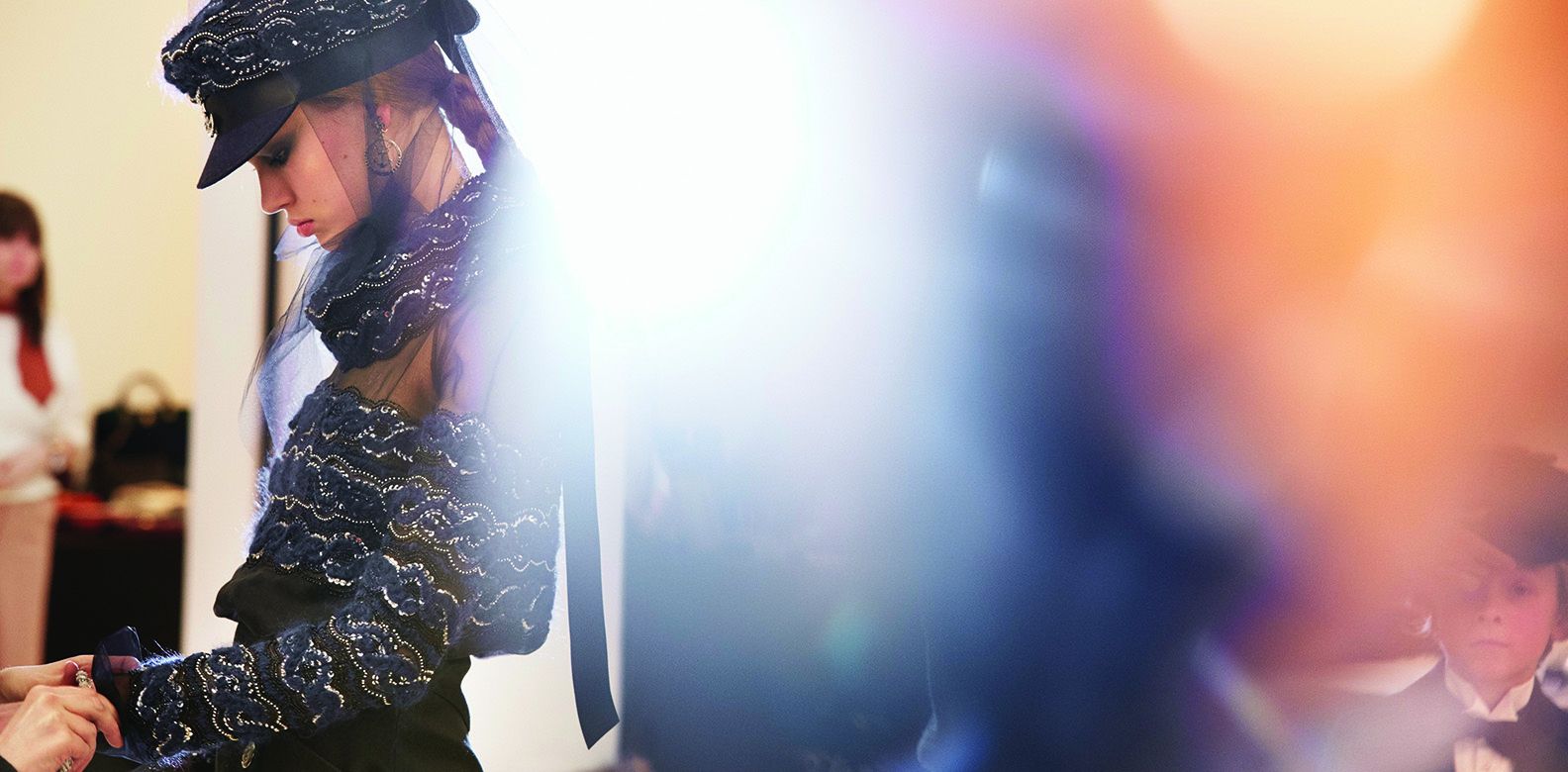
Take any Chanel look off the runway, and let’s break it down. Who made the double-C buttons? Who moulded the hat? Who wove the tweed? Who embroidered the fabric?
There is a group of small specialised ateliers (considered an extension of the main Chanel ready-to-wear and haute couture ateliers), that are behind every single detail that makes the ensemble, Chanel. They are the ultimate collaborators, magnifying the standard of craftsmanship in every creation. Over the decades, Chanel has invested in these ateliers, while allowing them to operate independently—a business move that no other fashion label has taken.
(Related: Discover What's Inside A Chanel Métiers d'Art, Where Haute Couture Magic Happens)














